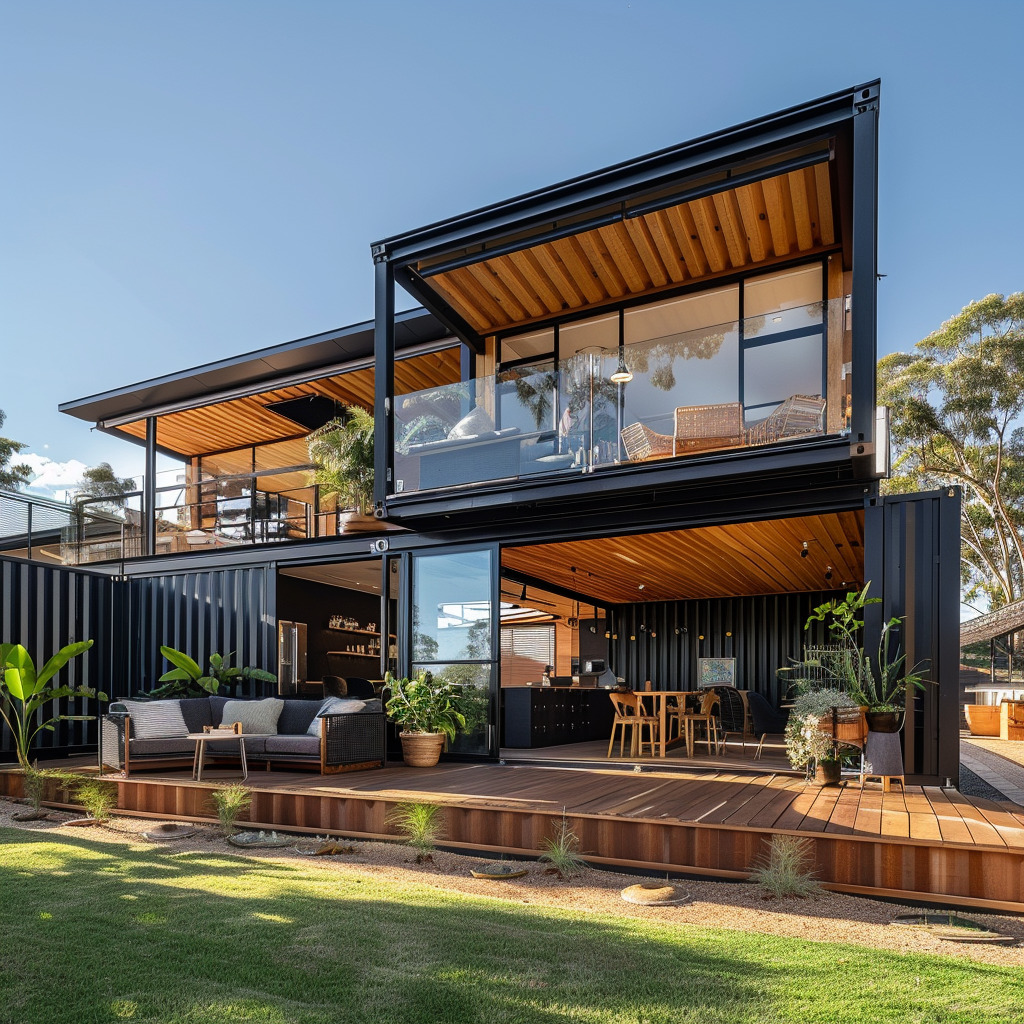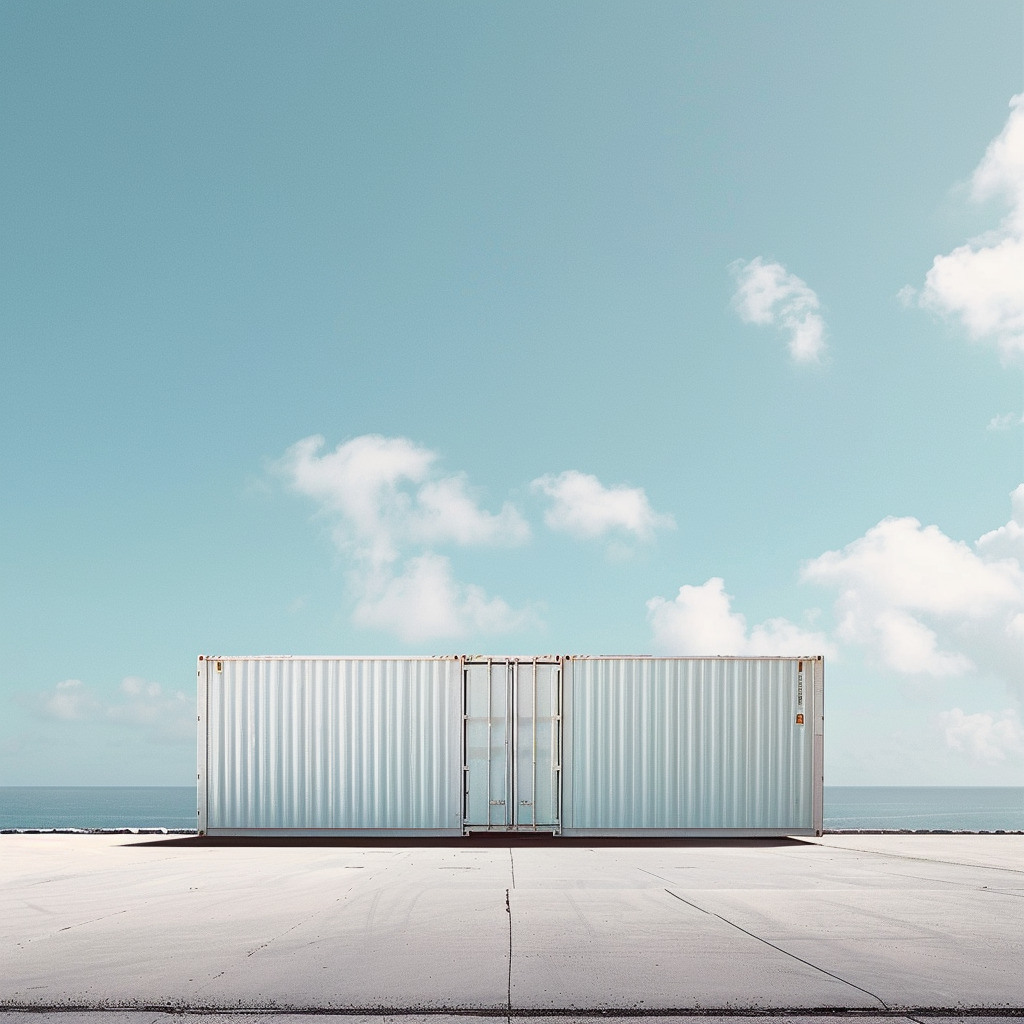Off-the-grid living is becoming more and more popular for a wide variety of reasons, whether they be social, political or simply financial. Having your own self sufficient piece of paradise, without being beholden to the water or electrical company provides freedom, as well as reliability.
What started as simply a movement to disconnect from the power supply, has evolved into something far broader, and off the grid living now often means being completely self sufficient without relying on (or at least a very minimal reliance on) public utilities. This means no water supply, sewerage, natural gas lines, cable connections or links to the power grid – basically no bills once it’s built!
Statistics vary when it comes to off-grid living, but there could be anywhere up to a quarter of a million people living off-grid in the United States, and many of those in third world countries never have the opportunity to get onto the grid, meaning that anywhere up to 1.7 billion people may live off-grid worldwide.
Whether it is by choice or necessity, a second hand shipping container can provide and excellent start to an off-grid living project.

Why are shipping containers perfect for off-grid living?
Shipping containers make the ideal building blocks for your off-grid living space. They are cost effective, available almost everywhere, stackable, scaleable and easy to transport. Their rock solid construction is designed to withstand the rigours of international transport at sea, and they can be easily cut and modified virtually any way you want.
Benefits of Shipping Container Homes:
- Cost: Shipping containers are cost effective and can be purchased for just a few thousand dollars depending on quality and condition.
- Transportability: Shipping containers are designed to be transported virtually anywhere in the world, on the back of a truck, on a train, a ship or even a helicopter.
- Scalability: Shipping containers are built to be stacked up to nine containers high when fully loaded, meaning they have a smaller footprint on the ground.
- Modular: Shipping containers can easily be locked together to create a simple, modular home – just like building with giant lego blocks.
- Availability: Shipping containers are the backbone of modern trade, and are often cheaper to manufacture than they are to send back empty – meaning that there are plenty to choose from at almost any port city.
- Modifiable: Shipping containers can be easily modified, whether it’s access doors and windows, plumbing or electrical fitouts, modifications can be done at an off site workshop then transported to the final location.
- Speed: Shipping container construction is fast. Considering that shipping containers come pre-built, all you need to do is do the initial modifications, lay the foundations place, lock together and add finishing touches.
- Sustainable: Shipping container construction is environmentally friendly and sustainable. Not only are you not using precious resources, but you are also recycling something, that if not reused could potentially end up as a waste material.
- Stylish: Shipping containers just look plain cool when constructed into a home. What better way to show off your ruggedness than an off-grid home made of second hand shipping containers?
Plans are ubiquitous for shipping container homes online, and can be found in a variety of places either cheaply or for free.

How to take your shipping container home off-the-grid
So we’ve covered the benefits of off-grid shipping container homes, but what about the practical things you need to take into consideration?
Electricity
Living completely off-grid is going to to require some form of power generation, usually one that is based on locally available renewable energy sources. These could be photovoltaic solar power, wind generation, wave or tidal generation, hydroelectric power or geothermal, with solar power being the easiest to set up. Other options are less environmentally friendly, such as using a commercially available diesel generator, but costs can easily mount up if you end up using a lot of fuel.
The major problem, however, is that you must use the energy as you produce it, and there are very few options for balancing the load or storage as high capacity batteries are large, heavy and expensive. Change however seems to be just around the corner, with electric car manufacturer Tesla Motors announcing a brand new product – the Tesla Powerwall, which will likely make off-grid living far more achievable to the average person. This device takes energy generated during the day (when most people are out of the house and not using power – apart from air conditioning and refrigerators) from solar panels and allows it to be used when there is peak demand – from 5-10pm and in the mornings when people have their daily showers, balancing the load effectively.
While not available in Australia just yet, it’s only a matter of time before this and similar products becomes commercially available, and you will likely see a much higher percentage of Australian home owners off-the-grid, for electricity at least. Products like this allow you to create a shipping container home with a full electrical fit out while remaining off-the-grid at all times. Using energy efficient appliances and LED lighting will also reduce the amount of electricity you will require from day to day.
Water Supply & Sewerage
So once you’ve got your fully sustainable, off-grid power supply worked out the next thing you’ll need to address is how you’ll get and dispose of your water and liquid waste products both safely and legally. This is all going to depend on where your off-grid container home is located, if you are near a spring or a source of groundwater (where you can drill a well) – this is relatively straightforward. If you are located somewhere where there is a decent amount of rain, then rainwater may be a solution. You’ll want to ensure that you live nowhere near major sources of pollution such as factories or highways. Rainwater can be collected from roofing via gutters and stored in a large tank or cistern. After collection, all water will need to be filtered to human drinking water standards to ensure that it is safe to consume, though if the water is simply for washing, this may not be required.
Getting rid of waste water and other sewerage is slightly more complex. There are a few ways to do this, but the most common options generally are composting toilets or a septic tank system. You will need to check with local government regarding regulations for septic tanks, while legal in some areas, others will be banned or at least heavily regulated. Septic tanks collect wastewater, and allow bacteria to break down waste material before releasing it, while composting toilets use a special design along with wood chips to turn waste material into a compost type material. Some people use this on gardens, while others warn of risks associated in doing so – it should never be used on any gardens used for food production. These both need to be installed and professionally maintained, and special care should be taken to ensure that any products used are environmentally friendly and suitable for a septic or composting system.
Heating & Cooking
If you live in an area with large temperature variations, chances are you’ll need to consider heating. The first and most important thing you can do is to insulate your container home properly to prevent large fluctuations in temperature. Obviously you’ll be generating your own power, so electrically fired heating is probably out of the question. Installing a fireplace can be a good idea even though it is a little environmentally unfriendly unless you have a ready supply of sustainable timber nearby.
For cooking, a gas hob is ideal. Simply set up a system where a gas bottle, similar to one in your BBQ, is located in a protected cover outside of your kitchen area and a hose is plumbed into your gas stove. Keep a spare cylinder full at all times and refill your cylinder whenever you go back into town for petrol.
By using a gas stove rather than an electrical one you will reduce the load on your power system when it comes to cooking time, or if you want to keep a standard element consider getting one that is split between gas and electrical powered. That way even if you are low on power, you can continue to cook.
Rubbish and Food Scraps
Depending on how far off the grid you are, you might not have access to a rubbish collection service. In this case you’ll want to first minimise the amount of packaged products you consume, then recycle what you can, and compost what you can’t. Remember, devices that you might be used to such as an insinkerator might not be viable if you are using something like a septic tank or composting system for your waste water. Rubbish which is not able to be recycled or composted will likely need to be burnt in an incinerator.
Off-Grid Food
Something that’s often forgotten in many articles like this is the idea of having your food supply off-grid. Planting a garden that provides you most, if not all of your food requirements will make your home even more self sufficient and result in you not needing to visit the store each and every week for staple foods. Consider a “Green Roof” to save space but still allow you to grow the basic necessities that you need for a healthy lifestyle, while ensuring more green spaces and an environmentally friendly home.

What about the total costs?
This is where it can be surprising and people end up with a bit of “sticker shock”. Yes container homes are significantly cheaper than standard buildings – but you will incur some costs when going off-the-grid. Bear in mind however that these costs will be recouped when you aren’t paying the costs of your utilities over the years, and the value you gain from being 100% self sufficient.
The costs of off-grid power, sewerage and other systems do add up, but with technology advances they are becoming more and more cost effective each and every day. Prepare for it to be more expensive in the short term, but that it will save you money over the long term.
Are you ready to begin your off-grid container project?

Ready to bug out and get off-the-grid? Contact the team at Gateway Container Sales & Hire now to discuss which shipping container is right for you. Whether it’s a simple one room dwelling or something far more complex and luxurious, our team will be able to suggest the right container at the right price. Contact us now for a free quote.




